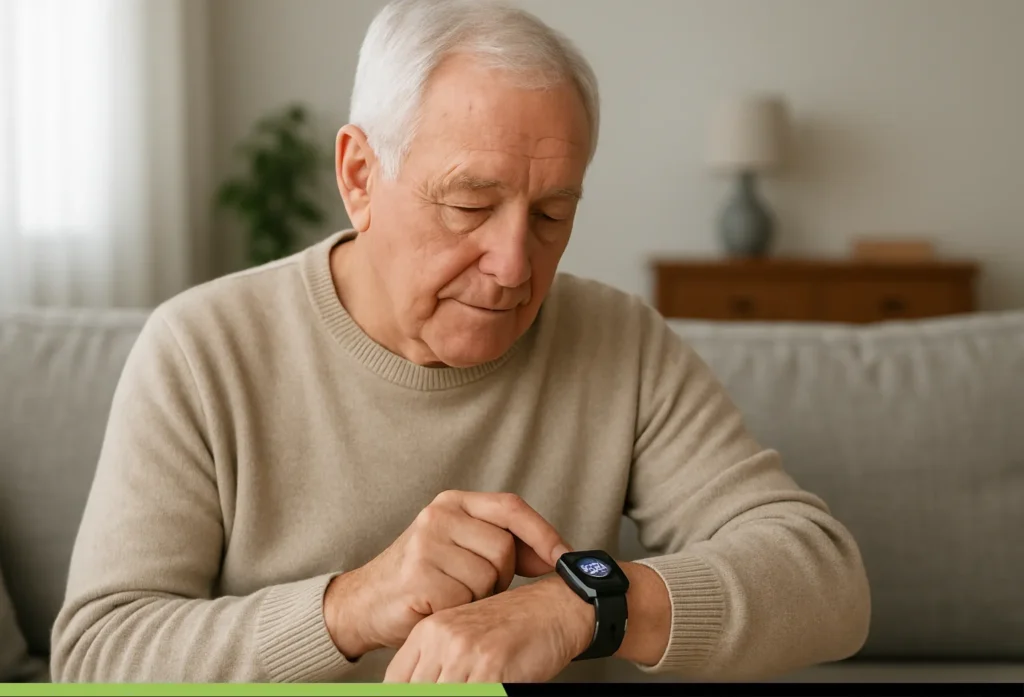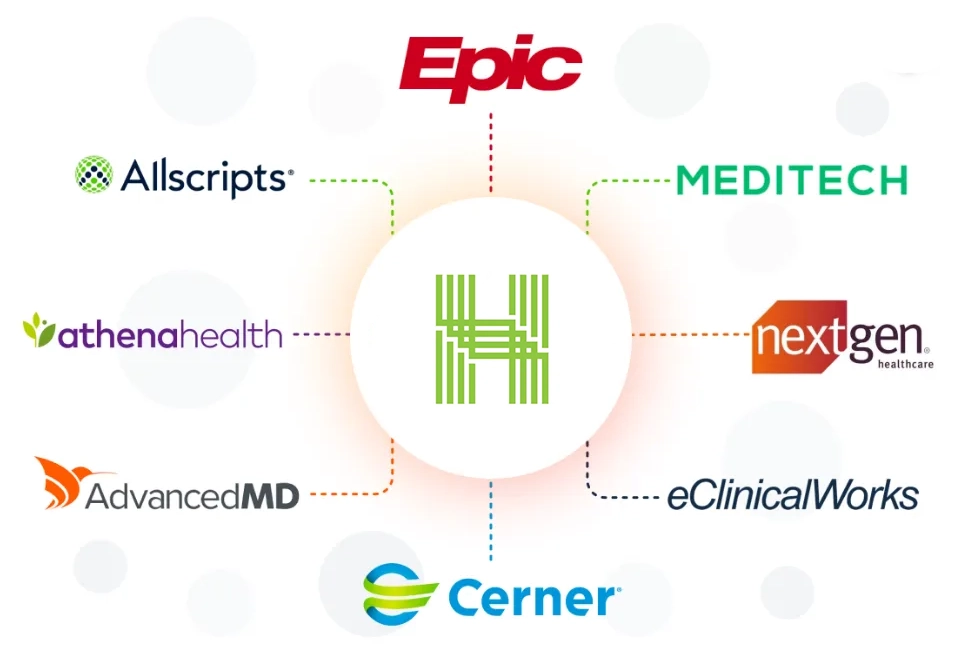
RPM Programs
1. Chronic Care Management (CCM): CCM focuses on patients with multiple (typically two or more) chronic conditions expected to last at least 12 months. It involves a comprehensive care plan, coordination of care between providers, medication management, and regular communication with the patient (often non-face-to-face) to proactively manage their conditions and improve health outcomes.
2. Remote Therapeutic Monitoring (RTM): RTM uses digital health technologies to monitor non-physiological data, such as musculoskeletal and respiratory system status, therapy adherence, and response. It allows healthcare providers to track a patient’s progress with at-home self-care, like medication regimens, exercise routines, and pain levels, potentially leading to better adherence and outcomes.
3. Principal Care Management (PCM): PCM is designed for patients with a single, high-risk chronic condition that requires substantial management. It involves a focused care plan tailored to that specific condition, often requiring frequent adjustments and coordination with specialists. PCM aims to provide more intensive management for complex single conditions to prevent complications.
4. Remote Therapeutic Monitoring (RTM): As mentioned before, RTM uses digital health technologies to monitor non-physiological data like musculoskeletal and respiratory system status, therapy adherence, and response. This allows providers to track a patient’s progress with self-care activities and the effectiveness of therapies, potentially improving patient engagement and outcomes.
5. Behavioral Health Integration (BHI): BHI aims to integrate mental and behavioral healthcare with primary care settings. It involves a team-based approach where primary care providers collaborate with behavioral health specialists to offer services like screening, assessment, and care management for patients with mental health conditions, making mental healthcare more accessible.
6. Transitional Care Management (TCM): TCM focuses on ensuring a smooth transition for patients after they’ve been discharged from an inpatient setting (like a hospital or skilled nursing facility) back to their community setting. It includes services like timely follow-up (contact within two business days, a face-to-face visit within a specific timeframe), medication reconciliation, and coordination of care to prevent readmissions.
These programs often overlap and can be used together to provide comprehensive care. For instance, a patient with diabetes and hypertension (eligible for CCM) might also use a remote glucose monitor (part of RPM), and someone managing a severe case of COPD (potentially PCM) could use RTM to monitor their respiratory status.
Our proprietary SaaS Platform integrates with over 80+ EHRs:


